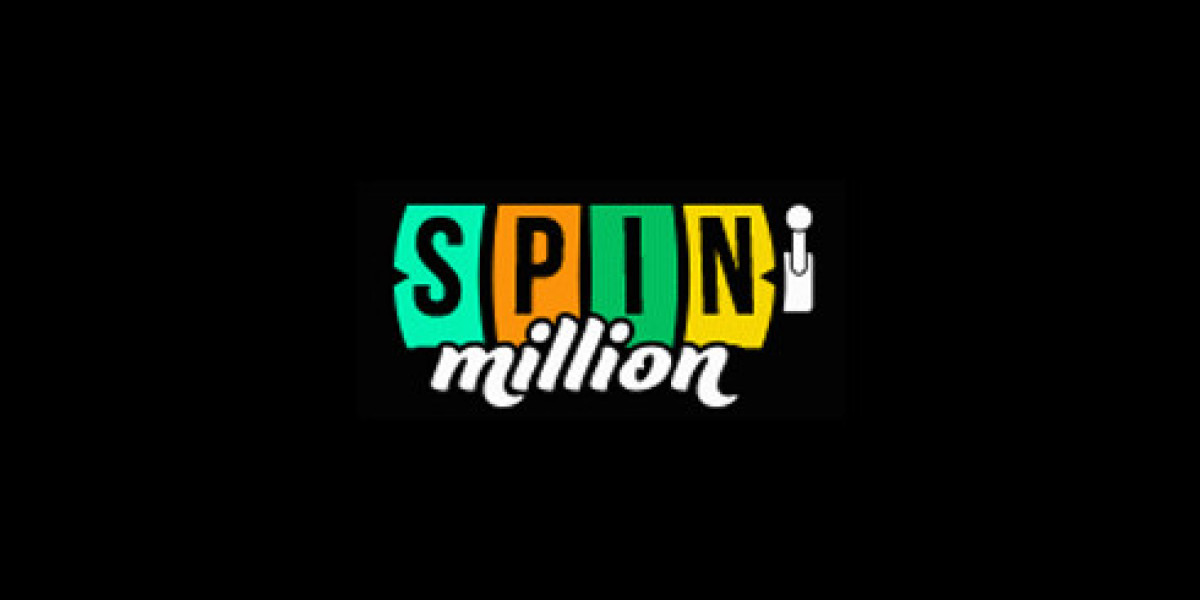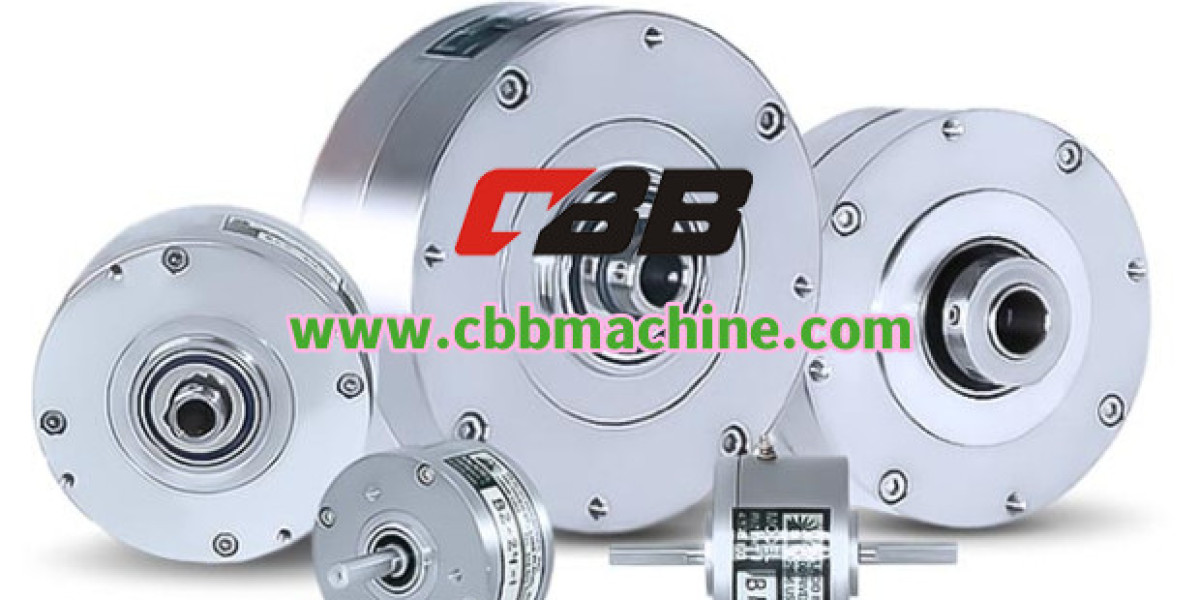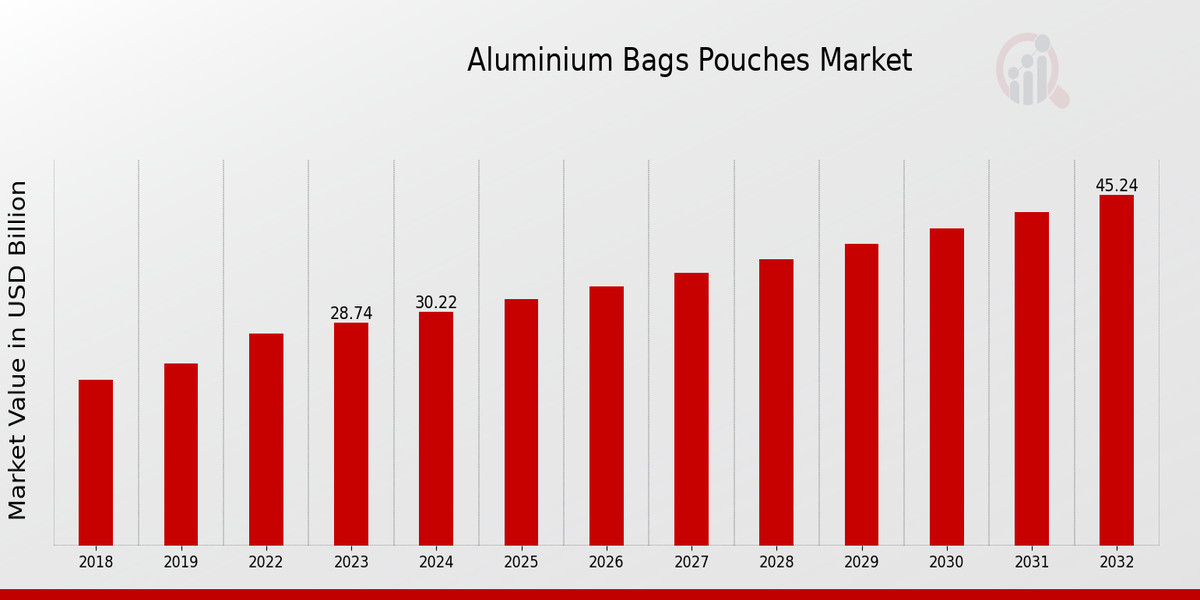Innovations and Trends: The Future of Mycotoxin Management in Feed
Explore the latest innovations in the feed mycotoxin binders market, from broad-spectrum solutions and biotransformation to precision farming applications.
The field of mycotoxin risk management is far from static. Driven by the need for greater efficacy, broader protection, and more integrated solutions, the feed mycotoxin binders market is continuously evolving. The future lies in moving beyond simple adsorption towards sophisticated, multi-pronged strategies that leverage advanced materials and biological science.
A major trend is the development of Advanced Broad-Spectrum Binders. Recognizing that feed contamination is almost always caused by multiple mycotoxins acting synergistically, the industry is moving away from single-toxin solutions. Formulators are creating complex blends that combine the strengths of different adsorbents. For instance, a product might include a specific clay for aflatoxin control, a yeast cell wall derivative for Zearalenone and DON, and an activated carbon component for other non-polar toxins. This "cocktail" approach aims to provide a wider safety net against the unpredictable mix of contaminants found in raw materials.
The most groundbreaking innovation is the use of Enzymatic Biotransformation or Biodegradation. This technology uses specific enzymes or microorganisms to not just bind, but actually break down mycotoxin molecules into non-toxic metabolites. For example, enzymes like epoxidases can degrade DON, and specific bacterial strains can transform Zearalenone. These biocontrol agents are often used in tandem with traditional binders in a "bind-and-degrade" model, where the binder captures what the enzyme misses, offering a more complete decontamination.
Precision Mycotoxin Management is also on the horizon. With the advent of rapid, on-site mycotoxin testing kits, producers can now get a clearer picture of their specific contamination risk. This data can inform a more targeted use of binders. Instead of using a standard dose year-round, formulators can adjust the type and inclusion rate of the binder based on the actual mycotoxin load and profile of each batch of ingredients, optimizing cost and efficacy.
Finally, the demand for Green and Sustainable Solutions is influencing the market. There is growing interest in binders derived from natural, renewable, and eco-friendly sources. Yeast cell wall products, being a by-product of the fermentation industry, fit well into this circular economy model. The search for novel, sustainable adsorbent materials from agricultural waste streams is an active area of research. These emerging trends point to a dynamic and innovative future for the sector, as detailed in forward-looking analyses like the feed mycotoxin binders market report.
FAQs:
What is the future of mycotoxin binders?
The future is in integrated solutions that combine adsorption with biological degradation (enzymes), tailored to specific mycotoxin profiles detected through rapid testing, all while using sustainable, natural ingredients.
Are enzymatic solutions replacing traditional binders?
Not replacing, but complementing them. Enzymes are highly specific and may not work on all toxins or in all gut conditions. The most effective strategies often combine enzymatic biodegradation with broad-spectrum adsorption for comprehensive protection.















